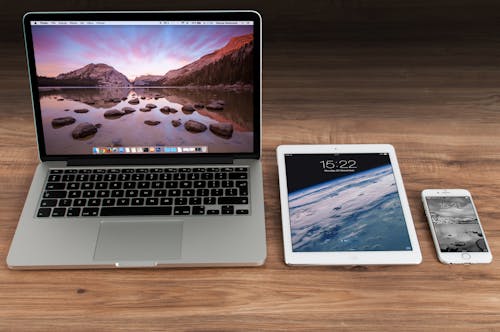Addressing a tablet with a slow response to touch involves various troubleshooting steps to enhance its responsiveness:
Restart the Tablet: A simple restart can clear temporary glitches affecting the touchscreen's performance.
Check for Software Updates: Ensure that your tablet's operating system and applications are up to date. Manufacturers often release updates to improve system performance.
Remove Screen Protector or Case: Sometimes, screen protectors or cases may interfere with touch sensitivity. Remove them to see if it improves responsiveness.
Clean the Screen: Ensure the touchscreen is clean from dust, fingerprints, or other debris. Use a microfiber cloth to gently wipe the screen.
Adjust Touch Settings: Explore the tablet settings for touch-related options. Some devices allow you to adjust touch sensitivity or calibrate the touchscreen for better performance.
Reset Touch Settings: If available, reset touch settings to default. This can eliminate any customized settings causing issues.
Perform a Factory Reset: As a last resort, consider performing a factory reset. Backup your data before doing this, as it will erase all content on the tablet.
Contact Manufacturer Support: If the issue persists, reach out to the tablet's manufacturer for assistance. They may provide specific solutions or recommend further steps based on your tablet model.

By systematically going through these steps, you can troubleshoot and potentially resolve the slow response issue on your tablet, ensuring a more seamless and enjoyable user experience.